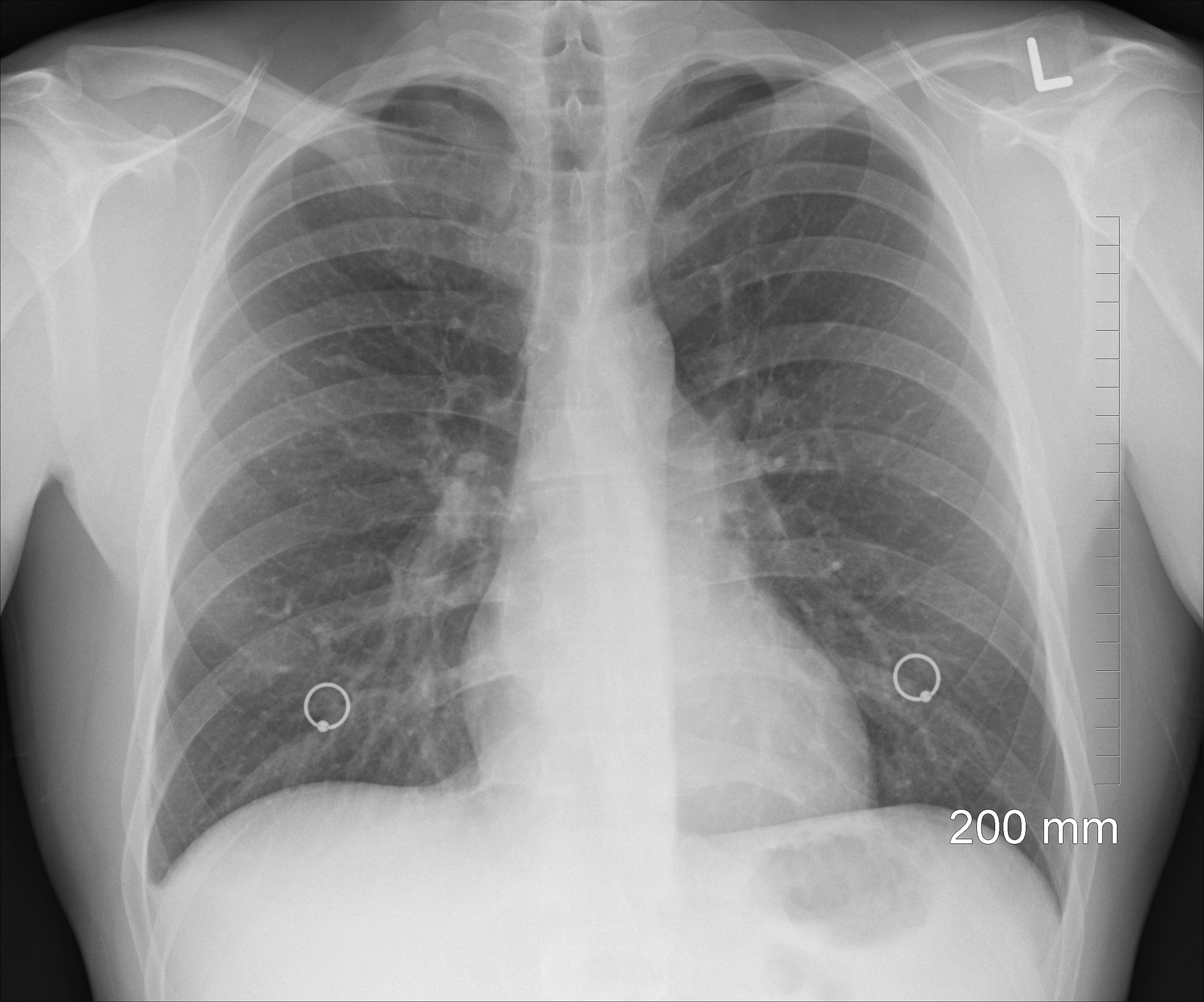New COVID Variant LB.1: Urgent Warning for Australia
New COVID Variant LB.1 is spreading rapidly in Australia, raising concerns among health experts. Learn about its symptoms, transmissibility, and what you can do to protect yourself.

© Provided by Daily Mail
New COVID Variant LB.1: What You Need to Know
New COVID Variant LB.1 is causing concern as it rapidly spreads through Australia during the winter season. This new strain follows the previous JN.1 variant and its subvariants, KP.2 and KP.3, which dominated new infections from May 7 to June 11.
How LB.1 Differs from Previous Variants
New COVID Variant LB.1 is an Omicron subvariant that shares similarities with the FLiRT variant, which emerged in Australia in April. However, LB.1 comes with additional mutations compared to FLiRT. This means it has some unique features that make it different from what we’ve seen before.
Symptoms of LB.1
Symptoms of the New COVID Variant LB.1 include:
- Fever or chills
- Cough
- Shortness of breath or difficulty breathing
- Fatigue
- Muscle or body aches
- Headache
- Loss of taste or smell
- Sore throat
- Congestion or runny nose
- Nausea or vomiting
- Diarrhoea
If you experience any of these symptoms, it’s important to get tested for COVID-19 and to follow public health guidelines to prevent spreading the virus.
Increased Transmissibility
One of the key concerns with New COVID Variant LB.1 is its increased transmissibility. Infectious disease specialist Pail Griffin from the University of Queensland points out that this variant is “a bit more” transmissible than its predecessors.
Professor Adrian Esterman, Chair of Biostatistics and Epidemiology at the University of South Australia, also confirms that LB.1 is highly contagious. He added that LB.1’s spread is happening at the same time as flu season and other respiratory infections like mycoplasma and whooping cough.
Current Impact of LB.1
So far, New COVID Variant LB.1’s impact on hospital admissions in Australia has been mixed. The National Notifiable Diseases Surveillance System reported a decline in COVID-19 hospital admissions across the country. On July 9, the seven-day average of hospitalizations was 53, down from 107 a month earlier.
However, LB.1 has caused a noticeable increase in hospitalizations in the United States. Data from the Centers for Disease Control and Prevention (CDC) shows that emergency room visits related to COVID-19 rose by more than 23% on July 9. This suggests that while Australia has seen a decrease in hospitalizations overall, LB.1 is still having a significant impact in other parts of the world.
What You Can Do to Protect Yourself
Given the spread of New COVID Variant LB.1, it’s crucial to take preventive measures. Health experts recommend the following:
- Wear a Mask: Masks can help reduce the transmission of the virus, especially in crowded or enclosed spaces.
- Avoid Contact with Sick Individuals: Try to stay away from people who show symptoms of illness, as they could be carrying the virus.
- Get Vaccinated: Staying up-to-date with COVID-19 vaccinations remains one of the best ways to protect yourself from severe disease, even though the current vaccines may not offer long-term protection against infection.
Dr. Amesh A. Adalja, an infectious disease expert at the Johns Hopkins Center for Health Security, emphasizes that while the current vaccine may not provide durable protection against infection, it is effective at preventing severe illness.
Conclusion
New COVID Variant LB.1 is a significant development in the ongoing battle against COVID-19. Its increased transmissibility and unique mutations make it a concern for health authorities and the public alike. By staying informed and following recommended precautions, you can help protect yourself and others during this challenging time. Stay safe and keep up-to-date with the latest health advisories.
ALSO READ:
“Chronic Cough Treatment: 3 Surprising Reasons Your Remedies Aren’t Working!”



